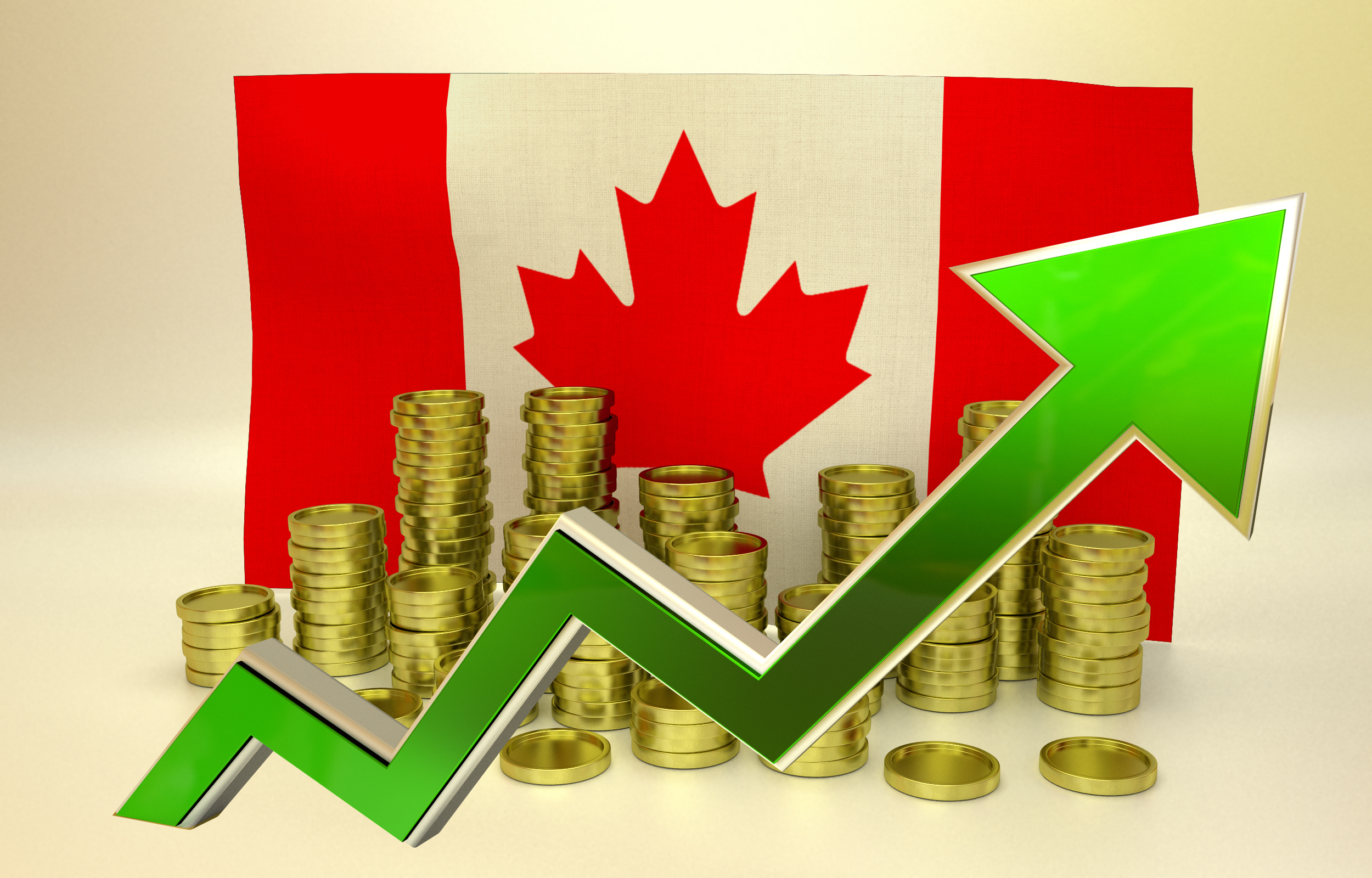The Canadian government debt, commonly called the “public debt” or the “national debt”, is the amount of money owed by the Government of Canada to holders of Canadian Treasury security. According to data from Statistics Canada, net debt (gross debt minus assets) by year end will be $343 billion.
The Fraser Institute reports virtually overnight, total federal real per-capita spending increased from $8,961 in 2018-19, to a forecasted $9,399 in 2019-20 and $15,100 in 2020-21. This 61 per cent increase in real per-capita spending for 2020-21 is the third-highest increase ever, behind only 120 per cent in 1942 and 74 per cent in 1940. In other words, the war on COVID-19 appears to have generated smaller increases in per-capita spending than the war to make the world safe for democracy.
However, in strict per-capita dollar amounts, 2020-21 is the most ever spent per capita. Moreover, this spending is accompanied by the largest annual drop revenue (-23 per cent) in federal fiscal history. One must go back to 1914 and 1930 (each at -21 per cent) to find something of similar magnitude.
As a result, the federal budget deficit in 2020-21 will be the largest in Canadian history, measured either as an absolute total (currently $343 billion) or in real per-capita terms ($8,489). Even the per-capita deficits of the Second World War or in the 1980s come nowhere near current levels.
GDP is projected to drop 6.3 per cent. As a result, the deficit-to-GDP ratio in 2020-21 will be -15.9 per cent and the federal debt-to-GDP ratio is projected at just under 50 per cent.
How to stop the bleeding….The trick will be to phase out COVID-19 programs without creating a shock to the economy. Possibilities include retaining the income-support program longer, or pushing individuals onto employment insurance. Another outstanding issue is how the government plans to expand eligibility for wage subsidies, allowing more companies and organizations to qualify.
Trudeau, whose party lacks a majority in parliament, is facing pressure from his left to prolong government aid. “We’re not out of this pandemic yet. Canadians – and our economy – need the supports to continue,” Jagmeet Singh, leader of the New Democratic Party, said in an email.
Fast Cash
But few outside politics blame Trudeau for the large deficits. The quick release of massive amounts of cash directly to Canadians has largely been lauded by economists, who claim the situation would have been much worse without it. Another saving grace is that Canada has plenty of fiscal capacity, with pre-pandemic debt to GDP at around 30 per cent, the lowest ratio in the Group of Seven. Borrowing costs are also at all-time lows, which should keep a lid on public debt charges.
The IMF is forecasting a 6.2 per cent economic contraction for all of 2020, followed by 4.2 per cent expansion in 2021. That would be in the middle of the pack of advanced economies.
Keeping it in prospective
What about other countries? Who has the most debt? Japan is the country with the highest national debt to GDP ratio. The national debt is more than twice the amount of annual gross domestic product. It is estimated to be more than $9 trillion.
Among the provinces, Ontario has the highest combined federal-provincial debt-to-GDP ratio (75.4%), while Saskatchewan has the lowest (44.3%). Newfoundland & Labrador has the highest combined debt per person ($48,478), closely followed by Ontario ($45,891).
Here are the 17 countries with the lowest level of government debt.
- Hong Kong —0.1%. Ronnie Chua/Shutterstock.
- Brunei — 3.1%. Sultan Omar Ali Saifuddien Mosque, Brunei.
- Estonia — 9.5%. GuilhermeMesquita/Shutterstock.
- Saudi Arabia — 12.4%.
- Botswana — 13.9%.
- Russia — 17%.
- Kuwait — 18.6%.
- Nigeria —18.6%.
Is Canada’s debt a problem?
A new CCPA study examines Canada’s debt and deficit and finds that debt in Canada—even after two years of stimulus—is still at very low levels compared to other countries and compared to the mid-1990s.
The road ahead is paved but with challenges. The Trucking Industry is the life blood of this country and it is running hard to better this nation’s financial future.














Comments are closed